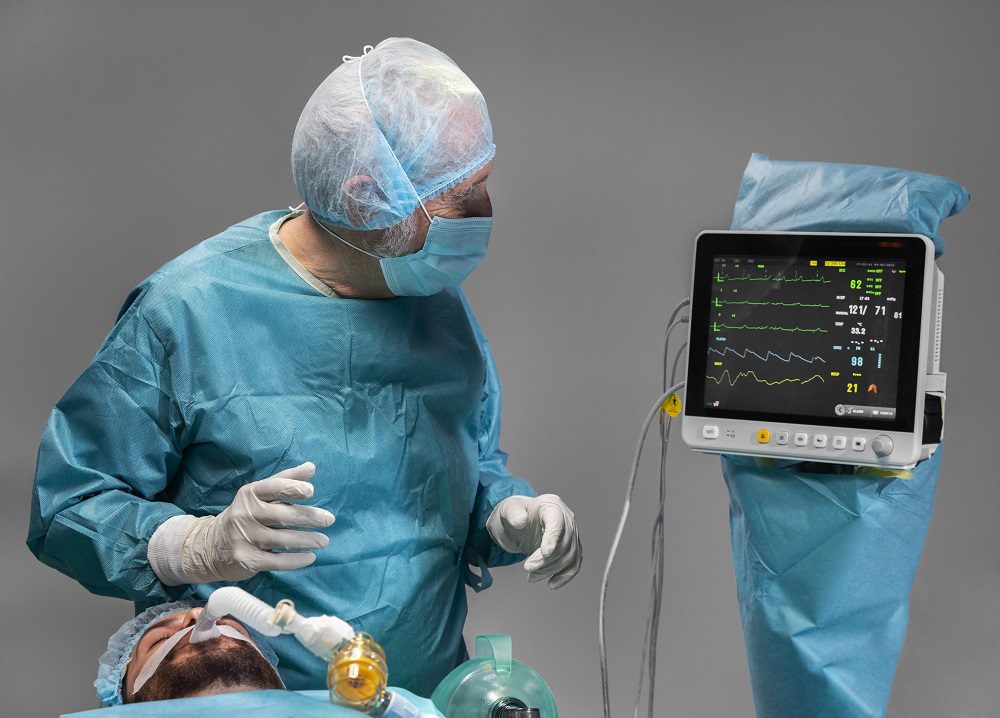Recent Advances in Surgical Strategies and Liver Transplantation for Hepatoblastoma


The most common malignant liver tumor in children is hepatoblastoma. Epidemiological examinations have shown that hepatoblastoma incidence has been increasing partially because of the improved survival of premature infants. Overall survival has improved from 30% to 80% following inventive advances in surgical techniques and chemotherapy over the past 3 decades. With advances in chemotherapy, the development of treatment methods has largely improved the prognosis of hepatoblastoma, and surgical resection, and liver transplantation still play a crucial role in the treatment of hepatoblastoma.
Open Treatments for Thoracoabdominal Aortic Aneurysm Repair


Thoracoabdominal aortic aneurysms (TAAA) represent a unique pathology that is associated with considerable mortality if untreated. While the advent of endovascular technologies has introduced new modalities for consideration, the mainstay of TAAA treatment remains open surgical repair. However, the optimal conduct of open TAAA repair requires careful consideration of patient risk factors and a collaborative team effort to mitigate the risk of perioperative complications. In this article preoperative preparation and operative techniques for open TAAA repair is described. Patients with severe chronic obstructive pulmonary disease, as suggested by a forced expiratory volume in 1 second of less than 0.8 L/min and a partial pressure of carbon dioxide greater than 45 mm Hg, should be evaluated by a pulmonologist and receive bronchodilators as well as pulmonary rehabilitation before repair.
Antiepileptic Drugs Linked to Cardiovascular Events


A study found an increased risk of major cardiovascular events in the people with epilepsy taking antiepileptic drugs. Epilepsy is often associated with increased mortality explained by comorbid conditions, lifestyle factors or cardiovascular events. Antiepileptic drugs are linked to lipid abnormalities, alterations in metabolic pathways, changes in homocysteine and C-reactive protein levels which contribute to […]
Seizure, Deep Sleep and Postictal Bradycardia


A research on the analysis of sleep on heart rate following a recorded seizure found that deep sleep independently contributed to postictal bradycardia. This autonomic dysregulation, when severe enough, may contribute to postictal cardiac deterioration leading to death. Heart rate trends for multiple seizures were analysed in 42 patients with 101 electroencephalographically confirmed events. The […]
Hypolipidemia is associated with the severity of COVID-19


A study investigated pathological alteration in plasma lipid levels of COVID-19 patients. LDL-c and TC levels were significantly lower in COVID-19 patients as compared with normal subjects. Significant and gradual decreases in levels of LDL-c and TC were observed in all patients. HDL-c levels only decreased significantly in critical cases as compared with levels in […]
Treatment Tips as COVID-19 Complicates CVD Management in Diabetes


COVID-19 and related cardio-renal-pulmonary damage can profoundly affect the cardiovascular risk management of people with diabetes. It is recommended to continue ACE inhibitors and angiotensin receptor blockers, both SGLT2 inhibitors and GLP-1 receptor agonists have anti-inflammatory activities, which might be beneficial for patients with COVID-19. However, several expert groups in diabetes have previously advised that […]
